Monte d’Accoddi, Italy
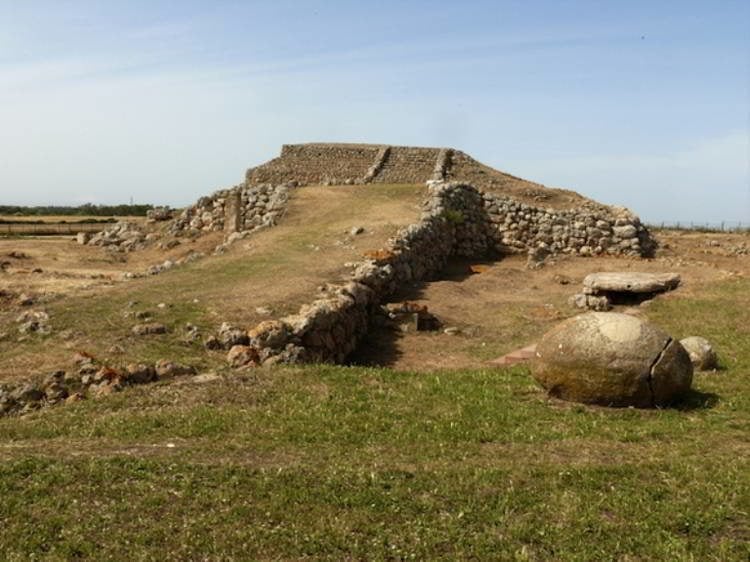
Monte d’Accoddi is a site in Sardinia, Italy that archaeologists believe was erected between 2,700 and 2,000 BCE. Discovered in 1954, Monte d’Accoddi probably once featured an altar, temple, or step pyramid.
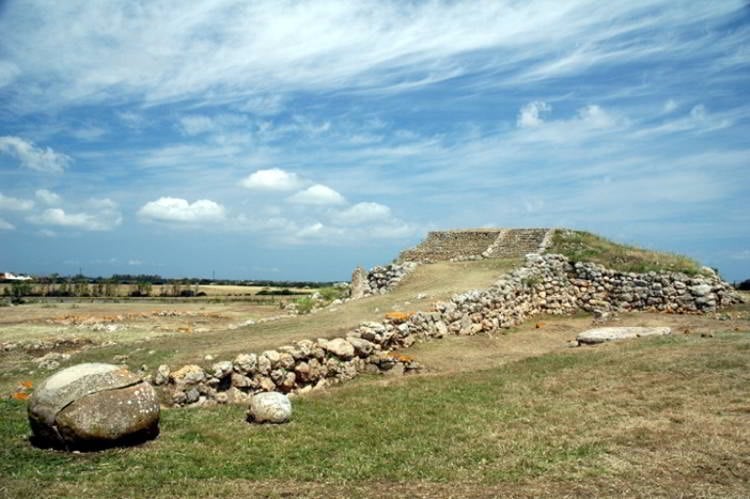
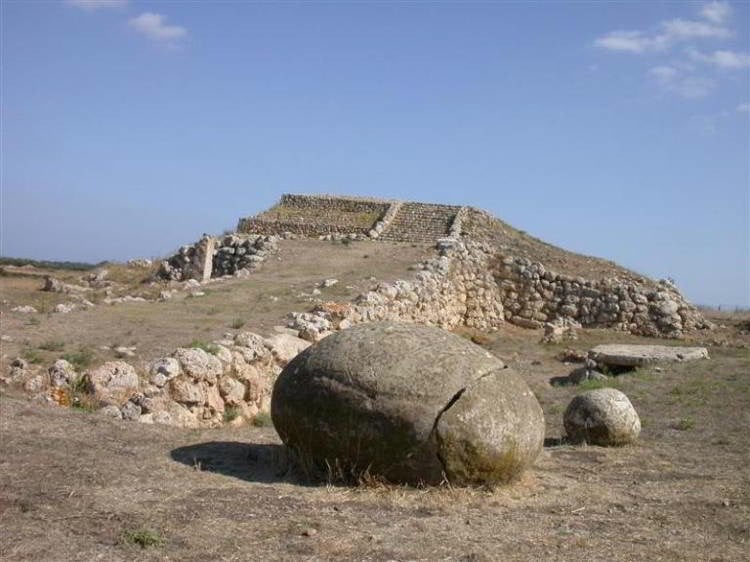
According to Maria Grazia Melis of the Department of Humanistic Sciences and Antiquities at the University of Sassari, the Monte d’Accoddi showcases the most important examples of both tradition and innovation while the contemporary culture transition from Neolithic to Eneolithic.
While previously established timeframes have dated this ancient shrine to somewhere between 2700 and 2000 B.C.E., Melis argued that new radiocarbon dating has allowed the scientific community to validly hypothesize the mound was likely built sometime between 4000 and 3000 B.C.E.
Her study found that inhabitation of the area occurred well before construction had been completed, and that the shrine was regularly used throughout the Copper Age. Support for this theory stemmed from new radiocarbon dating of the ceramic artifacts previously discovered at the site.
One of the more notable finds was an assortment of 35 pottery fragments and the painted rim of a vase made out of stone. The fragments included handles, bases, rims, and sides of varying vases with both short and long cylindrical necks.
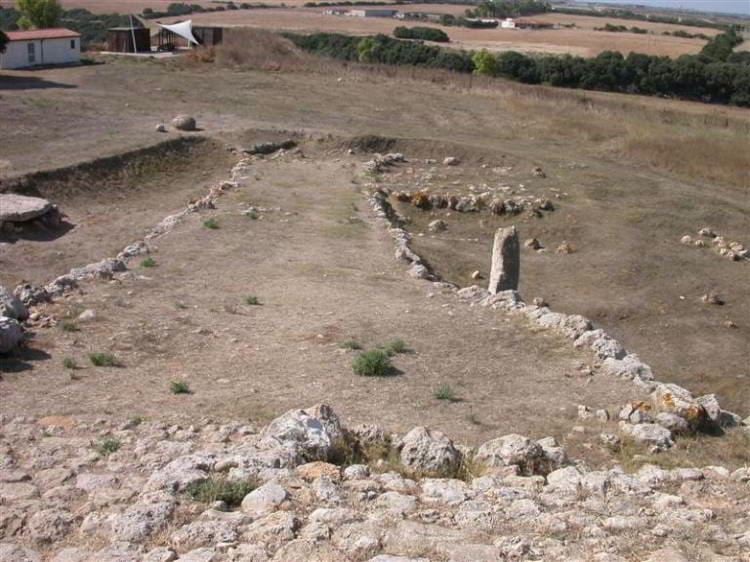
Çatalhöyük, Turkey
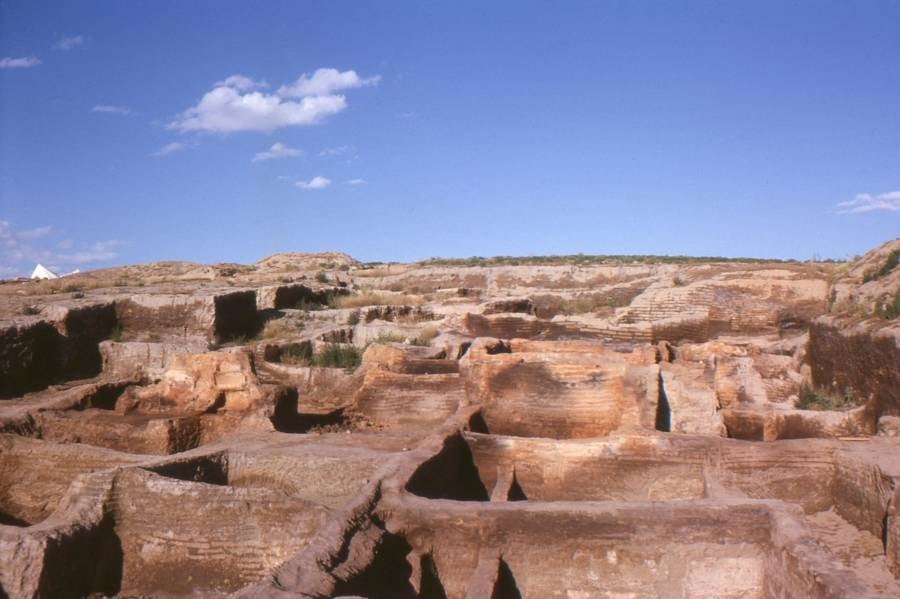
Omar Hoftun/Wikimedia Commons
This Neolithic warren of ancient homes dates back to 7,400 BCE. Though the purpose of each of the rooms found in the compound is up for debate, archaeologists are relatively sure that all were domestic buildings — that is, each nook and cranny was a home.
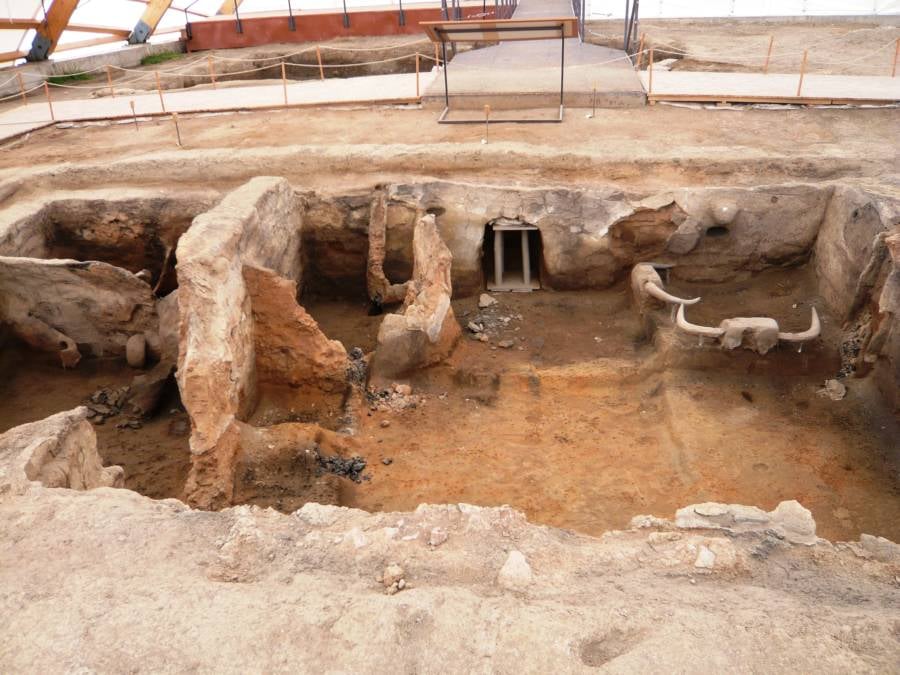
Wikimedia Commons
Because there were no streets or roads to separate the dwellings, people lived in close proximity, which points to a deeply cooperative society. Bodies were found buried beneath hearths and beds, suggesting the people of Çatalhöyük venerated their dead and kept them close.
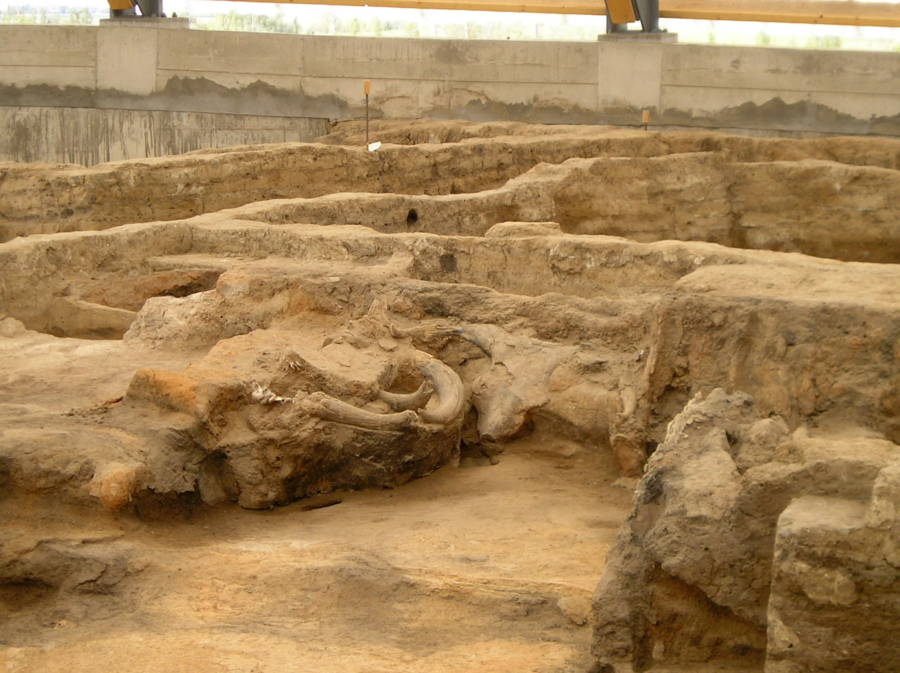
Verity Cridland/Flickr
According to UNESCO, the world heritage site is 47 hectares big and comprised of two hills on the Southern Anatolian Plateau. The taller mound on the eastern side contains wall paintings, sculptures, reliefs, and other evidence of Neolithic occupation.
Çatalhöyük is a remarkable example of the transitionary period between settled villages and the urbanization of more complex cities that were standardized afterward. The streetless layout of the site, as well as the ubiquitous roof access into buildings, is strong evidence of this stage.
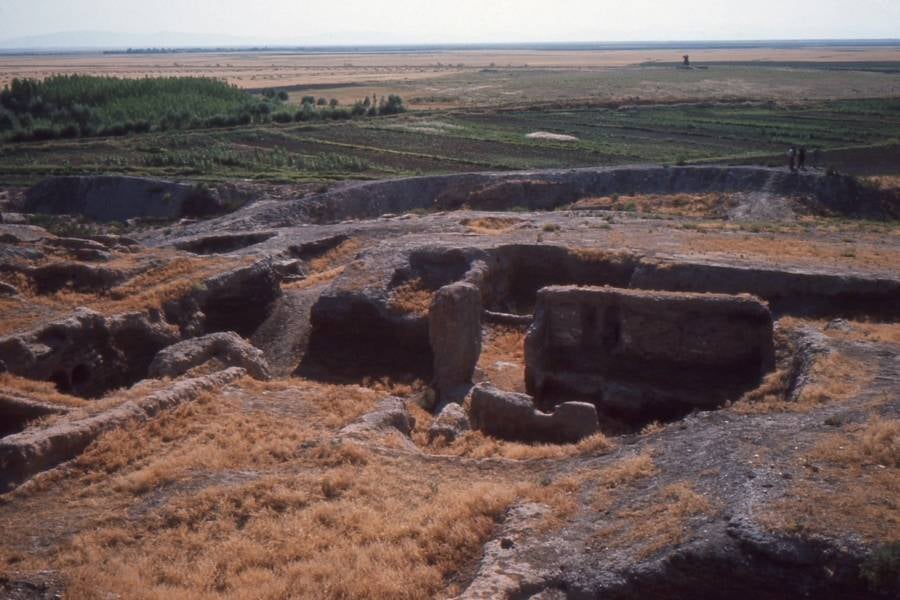
Omar Hoftun/Wikimedia Commons





